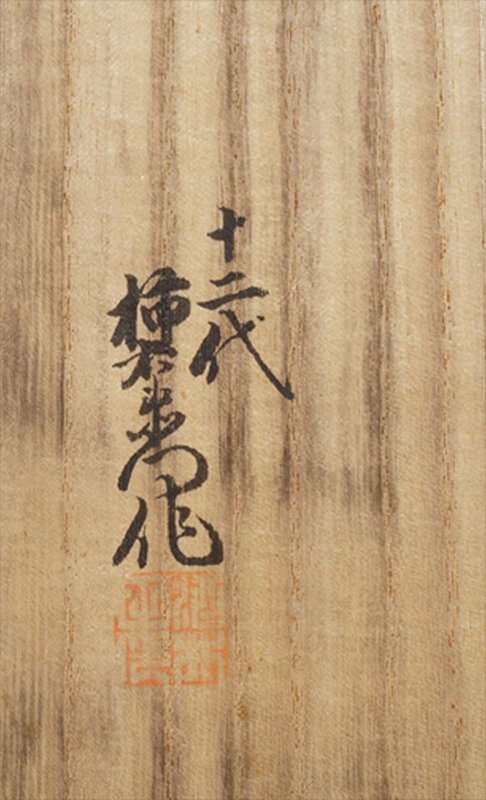ART DECO & MODERNISM
SAKAIDA KAKIEMON XII, PORCELAIN KIRIN
Okimono or sculpture in the form of a modernist, faceted Kirin. Of white porcelain. Signed on the reverse in under-glaze blue by the artist: Kakiemon Saku or Made by Kakiemon (Sakaida Kakiemon XII, the go or art name of Sakaida Masatsugu, 1878 – 1963). Early Showa era, circa 1928 – 1940.
With the tomobako or original box, inscribed on the exterior of the lid: Hakuji Kirin Okimono or White Porcelain Kirin Sculpture; and on the reverse of the lid signed: Ju-ni Dai Kakiemon Saku or Made by the 12th Generation Kakiemon, and sealed.
Sakaida Kakiemon XII assumed the family title on the death of his father, Sakaida Kakiemon XI, in 1917. Earlier he had graduated from the Arita Apprentice School and then studied ceramics with his father. Initially he worked in the traditional Kakiemon style, echoing the work of his forbears in the 17th and 18thcenturies. He began working with his own son in 1924, after the future Kakiemon XIII graduated from the Arita Industrial School. Together in 1953 they succeeded in recreating the classical Kakiemon technique for producing a nigoshide milky-white porcelain body. This technique was designated a national cultural treasure meriting preservation and protection by the Cultural Protection Committee in 1955. That same year he exhibited at the 2nd Japan Traditional Crafts Exhibition (Nihon Dento Kogei-ten) for the first time, winning a prize for his entry. In 1958, he exhibited at the World Exposition in Brussels and won a grand prize. In 1962, he was awarded the Imperial Order of the Auspicious Jewel, 4th Rank. He died on March 7th in the following year, at the age of 85.
This rare example of modernist pre-war Kakiemon porcelain dates from the period when Kakiemon XIII worked closely with his father, Kakiemon XII. They made at least five of these powerful Kirin sculptures, most likely in 1928 – 1940. They were not made from the same mold, as each varies slightly one from another in size. At the time, protective dragons and other imagery seemed increasingly important and came to figure prominently in the work of many artists. Some of these Kakiemon Kirin seem to be signed by the father and others by the son (something that can only be differentiated on the box inscriptions). It seems likely however that all were made about the same time, when the two were working closely together. It was common for artists to only order wood tomobako and sign them when pieces were sold. This explains why some of the boxes are signed by Kakiemon XII and others by Kakiemon XIII (after the death of his father in 1963).
For a similar piece, c.f. the art journal Rokusho, volume 5, Kidai Rekidai: Kakiemon 2, page 66, number 198. For other examples of his work, c.f. Japanese Painted Porcelain, numbers 38 – 44.
Sakaida Kakiemon XII, Porcelain Kirin
Artist Name: Sakaida Kakiemon XII
Period: Showa Pre War
Styles: Art Deco, Modernist
Mediums: Porcelain
Form: Okimono or Sculpture
Origin Country: Japan
13” high x 7 5/8” wide x 12” long
This piece is no longer available.





